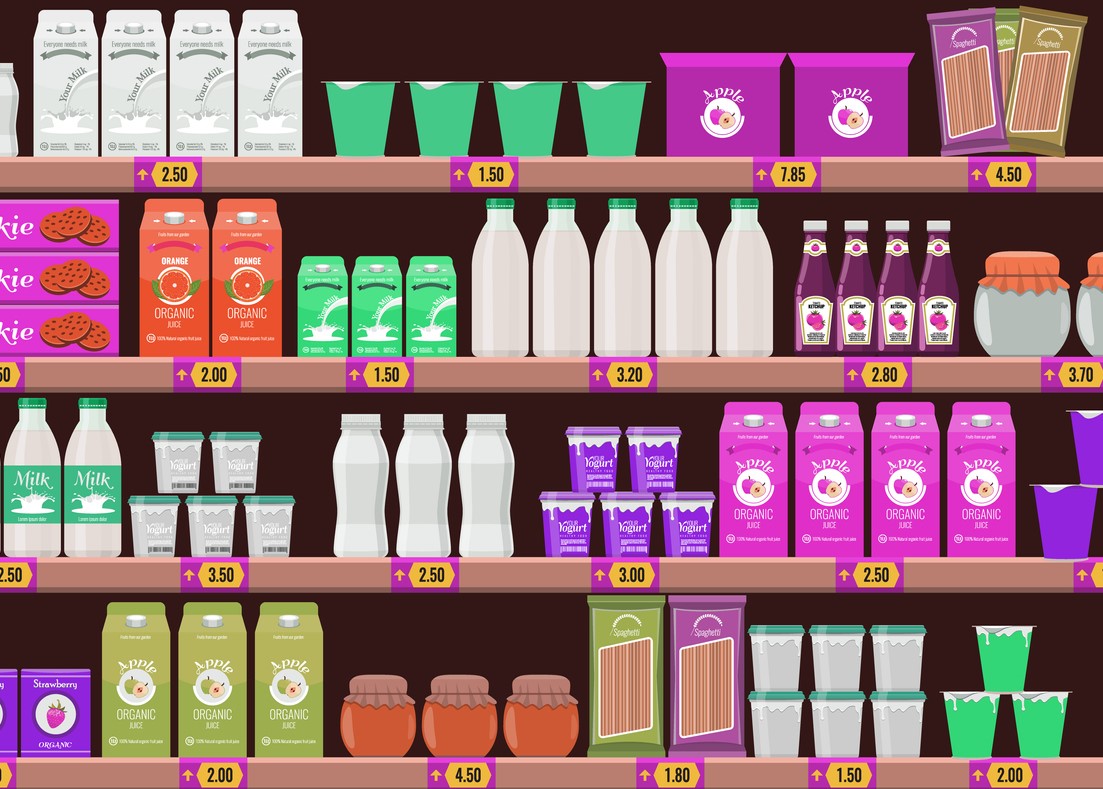Lower! Lower! Lower! A phrase viewers and participants alike scream on the popular television game show, The Price is Right, and now the healthcare industry is screaming it too. And as frustrating as it might be that costs are constantly on the rise, there is a reason. From diagnostic tests to medical devices, packaging serves as a protective barrier against contamination, but this essential aspect of a complete product comes at a cost. The cost of packaging for your medical product is influenced by a variety of factors from packaging materials, sustainability efforts, supply chain complexities, and more. How do you know when to spend and where to save? Let’s dive into the cost of packaging and the challenges in balancing safety and affordability.
One of the largest components in the overall cost is the cost of packaging materials. Selecting the appropriate packaging materials is crucial for maintaining the integrity of your medical product. Common materials include plastics, glass, aluminum, Tyvek, and paper-based materials, each with their advantages and disadvantages depending on the product’s needs. Advancements in technology have also led to the development of varying packaging solutions, such as blister packs, ready-to-use packaging, and CleanCut Cards. While these technologies can offer improved safety features, they may require specialized equipment or processes that could drive up costs.
In recent years, there has also been a growing emphasis on sustainability efforts within the healthcare industry. However, transitioning to sustainable alternatives may come at a higher cost initially, as these materials and processes are often still in the development stage.
Another element incorporated into the cost of medical packaging is the complexity of the medical packaging supply chain. From raw material sourcing to distribution, there are a lot of stakeholders involved, manufacturers, suppliers, and distributors, all increasing the overall cost to package and ship your product. Any disruption or changes in the supply chain, such as raw material shortages or transportation delays, can impact the amount you spend on medical packaging.
While material cost, sustainability efforts, and supply chain complexities could arguably be the largest influences on packaging costs, there are many other variables that must be considered when determining your medical packaging. It’s important to consider the necessary sterilization method, complying with quality and safety standards, passing transportation testing, and necessary printing, to name a few. And although the cost of medical packaging is important, patient safety and product efficacy should remain the top priorities. Striking a balance between safety and affordability is a complex challenge, but by using unique packaging designs, looking for ways to reduce material waste, or rightsizing your packaging, you can often minimize costs without compromising quality. If you compromise quality, it could cost you much more in the long run.

.webp)


